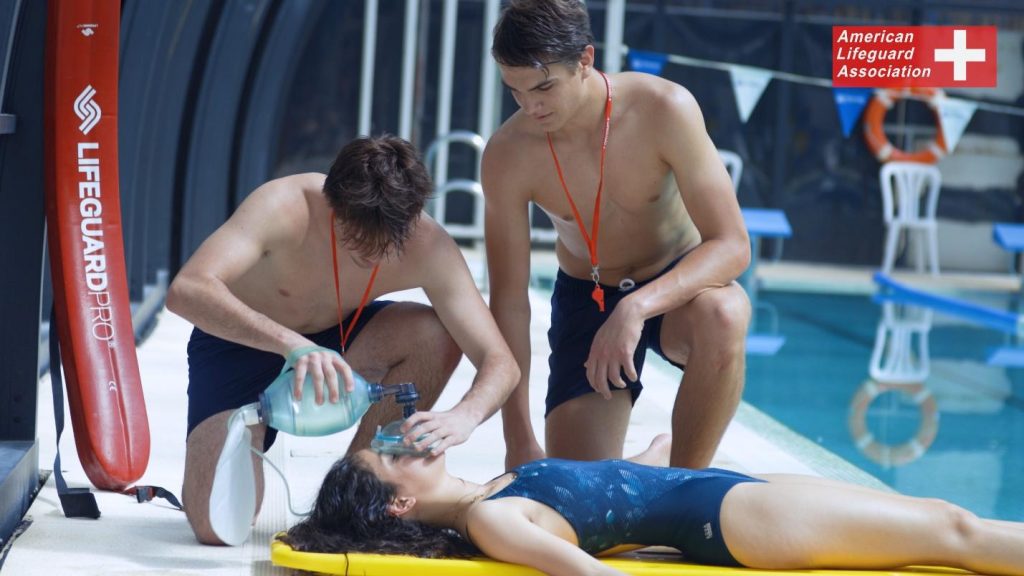Water exercises are well known around the world. From swimming to sailing, individuals love investing energy in the water. However, with these exercises comes the inborn risk of drowning and other water-related accidents. Professionally trained aquatic personnel play a crucial role in moderating these risks. They ensure that everybody can appreciate water exercises safely.
This article digs into the importance of professionally trained aquatic personnel, their roles, and how they add to water safety.
The Role of Aquatic Personnel
Aquatic personnel are specially trained people. They supervise safety in different water settings. These settings incorporate pools, beaches, water parks, and regular water bodies. Their primary role is to forestall accidents and answer quickly in emergencies. Their presence is a reassuring sight for anybody taking part in water exercises.
Training and Certification
Training for aquatic personnel is rigorous. It incorporates learning life-saving techniques, first aid, and CPR. They additionally go through physical training to maintain fitness. This is essential as they would need to perform physically demanding rescues. Certification programs are presented by different organizations. These programs ensure that personnel are well-equipped to handle emergencies. Certified people are trained to act swiftly and effectively during water emergencies.
Prevention is Key
One of the primary errands of aquatic personnel is prevention. They screen water exercises and implement safety rules. By doing this, they lessen the chances of accidents. For example, they ensure that swimmers stay inside designated areas.
They likewise keep an eye on atmospheric conditions and water flows. Their vigilant presence assists in preventing setbacks before they with happening.
Emergency Response
Notwithstanding preventive measures, accidents can in any case occur. This is where the mastery of aquatic personnel becomes priceless. In the event of an emergency, they are the first responders. Their training permits them to perform rescues, administer first aid, and give CPR.
Their brief actions can be the difference between life and death. They are likewise trained to handle numerous casualties and direction with emergency services if needed.
Educating the Public
Aquatic personnel additionally play an educational role. They give the best water safety tips to the public. Educating individuals about water safety can significantly decrease accidents. They conduct studios and training sessions.
These sessions cover points like safe swimming practices, perceiving drowning signs, and the importance of swimming with a pal. By spreading awareness, they assist with making a culture of safety around water.
Special Considerations for Different Water Settings
Different water settings present unique challenges. Aquatic personnel adjust their methodologies appropriately. For instance, in swimming pools, they center around regulating swimmers and ensuring the utilization of safety equipment.
At beaches, they screen sea flows, waves, and marine life. In water parks, they manage the safe utilization of water slides and different attractions. Their versatility is key to maintaining safety across different environments.
Technological Advancements
Technology has improved the capacities of aquatic personnel. Modern equipment like automated external defibrillators (AEDs) and advanced communication gadgets aid in proficient emergency response. Surveillance frameworks and robots are likewise being utilized for better observing. These advancements support aquatic personnel in playing out their duties all the more successfully.
Importance of Continuous Training
The field of water safety is dynamic. Continuous training is essential for aquatic personnel. Regular drills and updates on the most recent safety protocols keep them arranged. They should remain informed about new salvage techniques and equipment. Continuous training ensures that they can handle what is happening that emerges.
The Role of Organizations
Different organizations play a significant role in training and certifying aquatic personnel. They set the standards for training programs. These organizations additionally conduct examination to further develop water safety practices.
The American Lifeguard Association, for example, offers far reaching certification programs. Their attention is on outfitting people with the essential skills and knowledge to ensure safety in aquatic environments.
Final Word
Professionally trained aquatic personnel are crucial for water safety. Their presence ensures that water exercises are safe and enjoyable. They forestall accidents, answer emergencies, and educate the public. Their continuous training and versatility make them key.
Organizations like the American Lifeguard Association play a crucial role in maintaining elevated requirements of training and certification. By perceiving the importance of these professionals, we can see the value in their commitment to our safety and well-being.
By following the best water safety tips given by these specialists, everybody can appreciate water exercises with peace of mind. In this way, next time you visit a pool, beach, or water park, remember the committed aquatic personnel working vigorously to keep you safe.



